Aji S
GANG-MAM: GAN based enGine for Modifying Android Malware
Sep 27, 2021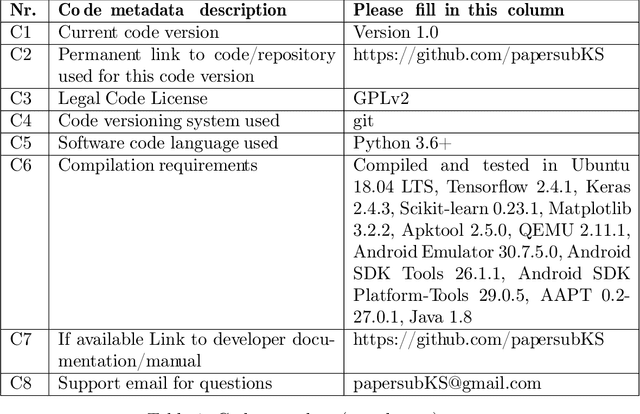
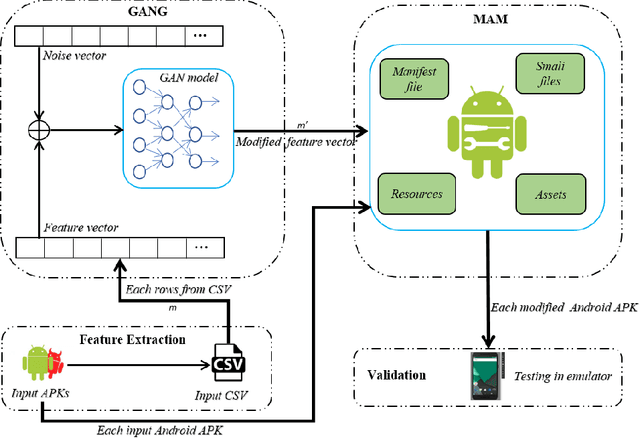
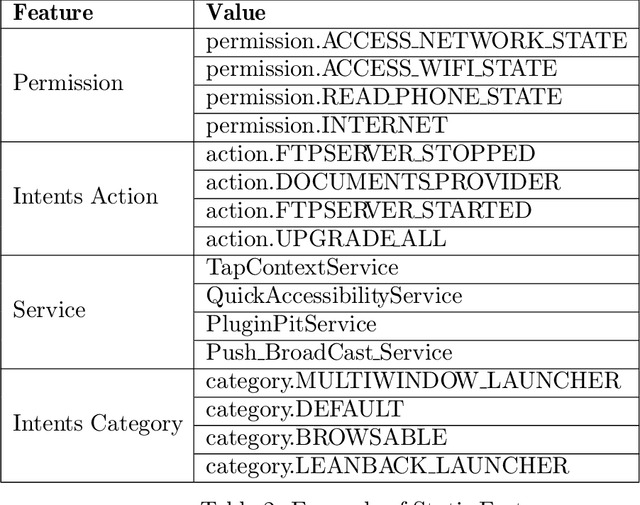
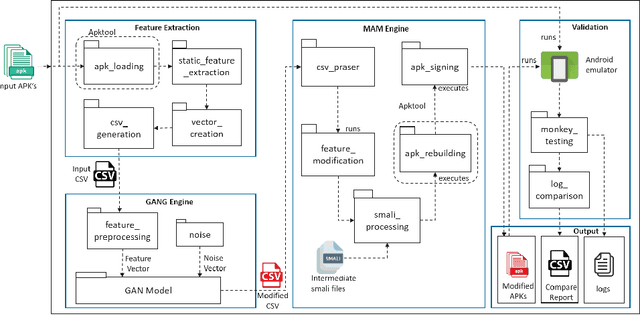
Abstract:Malware detectors based on machine learning are vulnerable to adversarial attacks. Generative Adversarial Networks (GAN) are architectures based on Neural Networks that could produce successful adversarial samples. The interest towards this technology is quickly growing. In this paper, we propose a system that produces a feature vector for making an Android malware strongly evasive and then modify the malicious program accordingly. Such a system could have a twofold contribution: it could be used to generate datasets to validate systems for detecting GAN-based malware and to enlarge the training and testing dataset for making more robust malware classifiers.
Document summarization using positive pointwise mutual information
May 08, 2012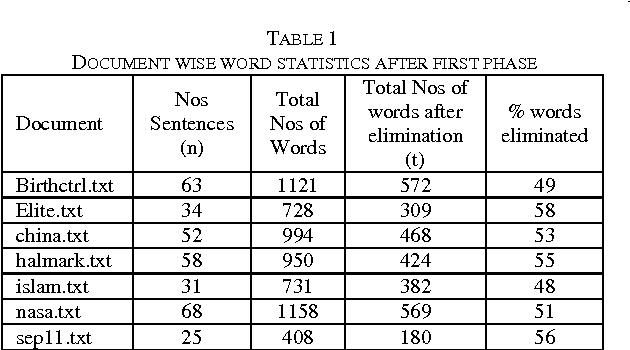
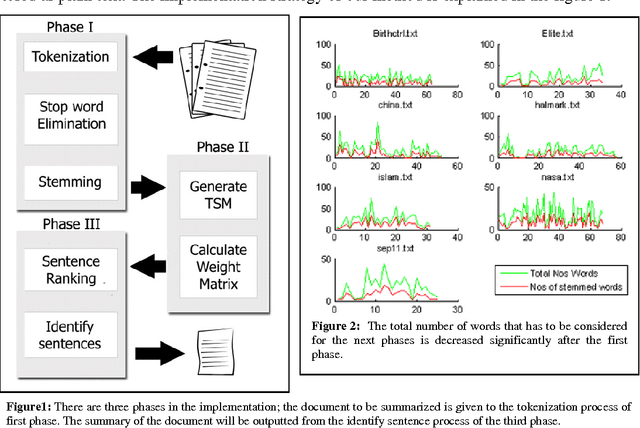
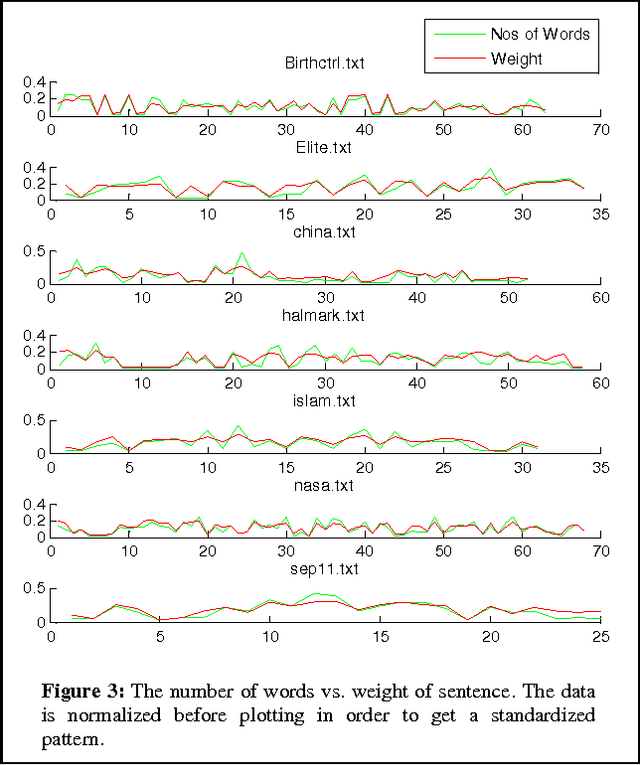
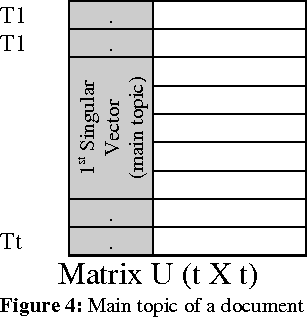
Abstract:The degree of success in document summarization processes depends on the performance of the method used in identifying significant sentences in the documents. The collection of unique words characterizes the major signature of the document, and forms the basis for Term-Sentence-Matrix (TSM). The Positive Pointwise Mutual Information, which works well for measuring semantic similarity in the Term-Sentence-Matrix, is used in our method to assign weights for each entry in the Term-Sentence-Matrix. The Sentence-Rank-Matrix generated from this weighted TSM, is then used to extract a summary from the document. Our experiments show that such a method would outperform most of the existing methods in producing summaries from large documents.
 Add to Chrome
Add to Chrome Add to Firefox
Add to Firefox Add to Edge
Add to Edge